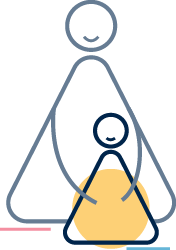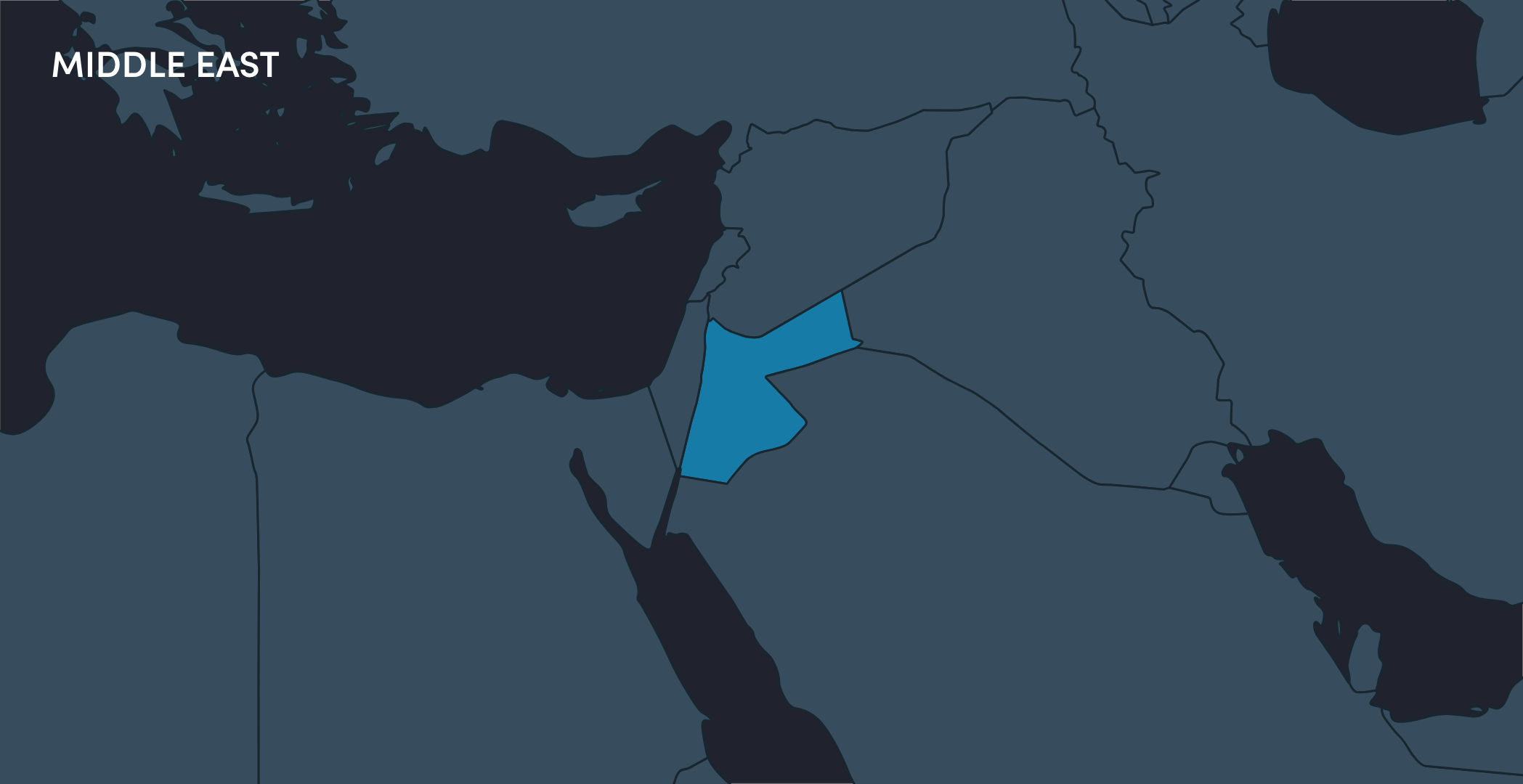Children in humanitarian settings are at a higher risk of sexual, physical, and emotional violence and abuse that can negatively affect their development and well-being. Young girls are especially vulnerable due to the lack of adequate educational programs, strained caregiver attention and empathy, and harmful social norms that stress the importance of female chastity and preferential treatment for boys.
In a survey of 1,000 Palestinian refugee girls in Jordan during the three months preceding the survey, 78.5% reported male harassment and 64.6% reported harassment on their way from and to school.
A combination of parent and caregiver outreach and school-based curriculum interventions targeting adolescent girls in refugee settings led to a number of positive outcomes, including decreased risk of physical or emotional family violence, improved parental attitudes, and increase in girls’ self-confidence.

The combined interventions generated a significant reduction in physical punishment and verbal abuse of girls within the family. There was a 20% increase in the number of reported violence and abuse cases. There was also a significant increase in the awareness of the negative impact of violence on girls’ development.

The combined interventions led to a significant improvement in family’s attention to monitoring the girls’ academic achievement and problem solving skills.

The combined interventions as well as the caregiver intervention resulted in a significant increase in girls’ self-confidence.
The combination of caregiver and school-based curriculum interventions had the greatest benefit in reducing violence and abuse against girls when compared to the interventions implemented individually.
It is important to incorporate community outreach interventions focusing on street violence as a complex and deeply rooted issue.
The female teachers’ attitudes and beliefs on the protection of girls against violence and abuse are critical as they are the administrators of the school-based curriculum intervention. However, this relationship between their beliefs and the impact of the curriculum intervention requires further analysis.
It is important to involve all household members, especially fathers and brothers, in parent and caregiver support interventions, as this appeared to be a strong indicator of a reduction of violence in the family.
It is important to consider school security in the design of interventions that aim to reduce violence against children.
Education and Life Skills. The school-based intervention “Protecting Myself”, contained weekly sessions and targeted children’s knowledge and skills in protective behaviors and was implemented over a 6-month period. The program content and structure were based on existing evidence on what works in youth violence prevention and was developed as a joint venture between the research team and local stakeholders.
Parent and Caregiver Support. The family intervention, “My Community Protects Me” contained four 2-hour educational campaigns targeting parents to raise awareness about violence and abuse in families and communities. Exposure to violence and abuse ratings were provided by the children, parents, and teachers at the beginning and end of the program.
Norms and Values. Both interventions included components on the role of personal attitudes and beliefs in preventing violence against girls, and issues of self-confidence, body image and harmful norms around violence and abuse in family settings.
Majd Abdullah, Executive Director – Try Center for Training and Education
majdabdulla@yahoo.com
https://www.trycentre.org/
To learn more about this project and its findings, please download our evidence brief.





